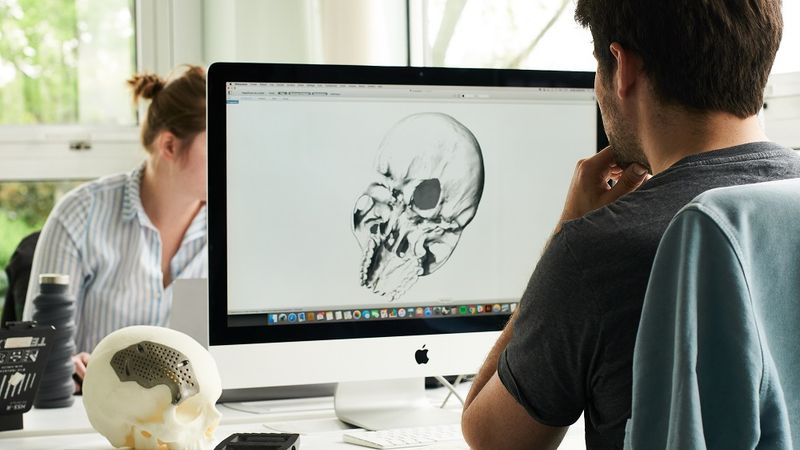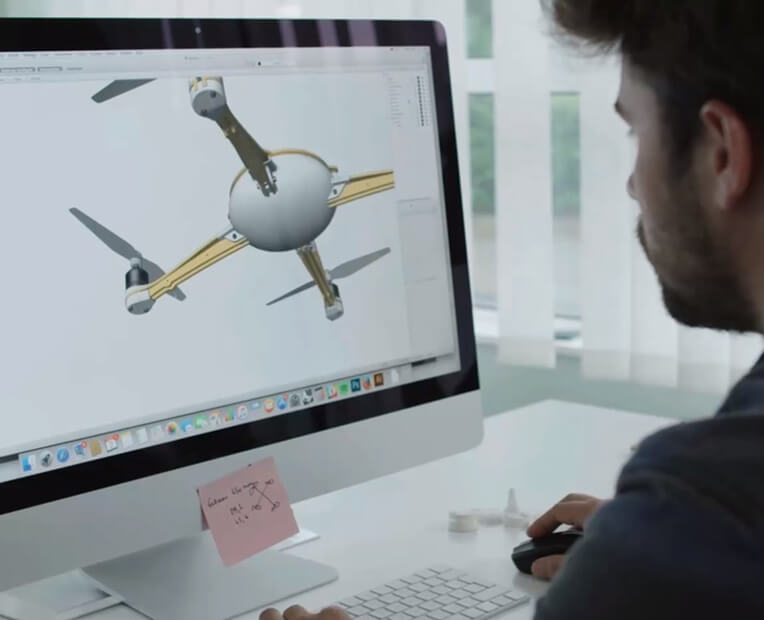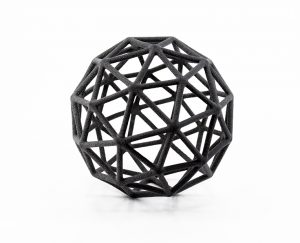Design for Additive Manufacturing: Everything you need to know
Additive manufacturing changes not only how products find their way to the consumer but also the form and function of those products.

Additive manufacturing changes not only how products find their way to the consumer but also the form and function of those products. With additive manufacturing, you’re no longer bound by traditional manufacturing techniques. 3D printing is revolutionizing the way we create products, not simply with developments in technologies and materials properties but particularly with the design. The role of design in the optimization of the supply chain and business strategy is something that should not be overlooked.
As you may know, to create 3D printed parts, you need to get a design. Designing for additive manufacturing requires skills and knowledge to take full advantage of additive manufacturing.
What is Design for Additive Manufacturing (DfAM)?
Design for Additive Manufacturing is the ability to produce designs specifically for 3D printing. Indeed, designs produced for 3D printing are quite different from traditional designs, developed for other manufacturing techniques. Design for additive manufacturing enables a new way of thinking where the design is not dependant on the manufacturing constraints of traditional technologies. Design engineering allows going even further, using advanced software to get incredibly optimized parts. 3D printing and design are changing the way companies are thinking and operating!
Engineers and designer’s skills are allowing to create these designs. Getting the perfect 3D model will allow you to make the most of digital manufacturing. Methods such as topology optimization, creation of innovative structures, or even customization, can be a real asset for your business. DfAM is not just a matter of converting an existing design to produce it with additive manufacturing. It goes further! Indeed, DfAM is about recreating the part, optimizing, and improving it, without the manufacturing constraints of traditional manufacturing methods such as injection molding or CNC machining. But it is not only about the part; it is also about the process: with thoughtful design you can reduce assembly time and the number of components to save time and money.

The work put in design is also a way to reveal the material properties of the plastic, resin or metal you use for your project! Let’s see a bit more in detail the benefits of this aspect of digital manufacturing.
The benefits of Design for Additive Manufacturing
If additive manufacturing has so many advantages, it is mainly thanks to the design opportunities offered by this technology.
- Design freedom
Thanks to the additive manufacturing process, it is becoming possible to create parts perfectly adapted to physical constraints. One of the main advantages of additive manufacturing is design freedom, you can create any idea you are thinking of. This technology allows to push the boundaries of manufacturing, and you will be free from the constraints of traditional manufacturing techniques, in terms of structure and design.
- Adaptability and flexibility
Design for Additive Manufacturing can make your business more adaptable. How? You can control and change everything, from the design of your parts to the quantities you are producing. 3D printing offers the opportunity to produce on-demand: you get parts when you need them. You don’t need to store them anymore!
- Simplification of the whole supply chain
This whole adaptability and flexibility lead to optimization and simplification of the whole supply chain! For example, in 2017, GE Aviation revealed that it had used Design for Additive Manufacturing to create a helicopter engine with 16 parts instead of 900, with great potential impact on reducing the complexity of supply chains. Instead of using the services of 10 or 15 suppliers, they only used additive manufacturing!
- Add value
Optimized products and an optimized supply-chain are a great added value to your business and will help you be ahead of your competitors. As we saw in our State of 3D Printing 2020 report, 3D printing is really seen as a competitive advantage by our respondents. Why is it so? It can help you optimize each part of your product’s life, starting from product development up to the manufacturing of high-quality finished products.
- Saving time and money
Great designs can help you save time and money! The amount of material used, the structure avoiding the assembly process, rapid prototyping, all of these aspects can help save time. 3D printing can create parts that couldn’t be made in another way, which results in better-performing components and impressive cost savings. With integrated assembly, for example, you will save time with the conception of the part and increase the efficiency of your company.
What can Design for Additive Manufacturing do for you?
In addition to the advantages of DfAM we just saw, here are what these designers and engineers can do to your 3D models:
Topological optimization
Topology optimization is a mathematical method that optimizes material layout within a given design space for a given set of loads, boundary conditions, and constraints to maximize the performance of the system. They are often challenging to handle for traditional manufacturing techniques such as CNC machining.
Structural optimization
3D printing materials are so varied that it is easy to find the proper material for your project. When it comes to a mechanical part, the characteristics of the material is one of the main aspects to consider but do not forget about the design. To help to strengthen the material you choose, there are tweaks and design features that give your object strength and solidity, such as lattice structures. Lattice structures have high strength and low mass mechanical properties and multifunctionality. These structures can be found in parts in the aerospace and biomedical industries!

Mass customization
Producing a different mold for each demanded product adjustment does not only take a lot of time, but it still wouldn’t be able to keep up with the demanded preferences of all customers. This is not the case for additive manufacturing. As you only need a 3D file to create a 3D printed part, customization becomes quite easy and lead times are largely improved!
If you are looking for a little help with your additive manufacturing project, you can contact the team of specialists from Sculpteo Studio right now to ask any question and get the help you need to improve your product and your business strategy.